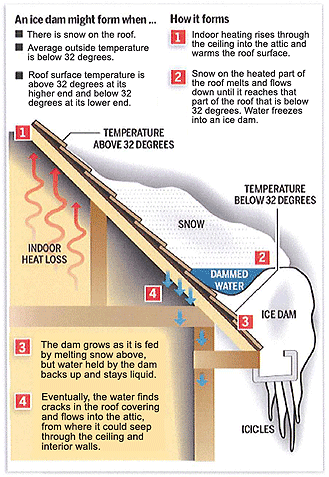
Minneapolis Roofing – Protect Your Biggest Asset This Winter
The winter season in Minneapolis may be a magical time for many, but those cold months are not without their challenges. When winter arrives, it often ushers in a season filled with strong storms, high winds and heavy snow.
If your home, and especially your roof, are not prepared, you could be spending the rest of the winter recovering from the damage. With winter right around the corner, you cannot afford to leave anything to chance, and now is the time to make sure your home’s roof is up to the challenge. Here are some essential pre-winter checks to protect your roof from winter dangers.
Look for Missing Shingles
From high winds to hail, the summer storm season can really take a toll on your roof and take your shingles for a ride. And if you fail to replace those missing shingles promptly, your roof could be in for even worse damage when the cold of winter finally arrives.
Now is the time to check your roof for missing shingles, so grab the ladder or schedule a professional inspection today. Having your roof checked now will give you time to make the necessary repairs in plenty of time for those dangerous winter storms.
Check Your Gutters
Preexisting gutter damage can increase the odds of winter roof damage, but you still have time to make repairs. So check your entire drainage system now, from the downspouts that carry water away from the foundation to the gutters that send that moisture where it belongs.
If your gutters are constantly getting clogged with leaves and other debris, you might want to invest in a gutter coverage system. These units help protect the drainage system for your home, so you can rest easy and avoid ice jams, clogged gutters and other winter roof damage.
Watch Out for Snow Accumulation
Heavy snow can put a severe strain on your roof, especially when the storms just keep coming. If the snow has been falling faster than the sun can melt it, you may need to clear the accumulation manually.
For a DIY approach to a single-story dwelling, a long-handled shovel could be all you need, but for higher roofs and multistory properties may require the help of a professional. Having your roof cleared of snow can be a wise investment, however, one that could protect your home and prevent even more costly damage.

Trim Your Trees
If you have mature trees in your yard, overhanging branches could become missiles in a winter windstorm. If you want to protect your roof from winter (and summer) storms, it is important to keep those trees trimmed.
Removing overhanging branches is an essential part of storm planning, so contact an arborist or tree care expert before the snow starts to fly. While they are onsite, ask them to assess the health of the tree itself; dead or dying trees are much more likely to come down and cause damage during the winter storm season.
The cold and snow of winter will be here before you know it, but you still have time to get your roof ready. The winter season can really take a toll on your roof, and the sooner you get ready the sooner you can rest easy under that newly prepared roof.

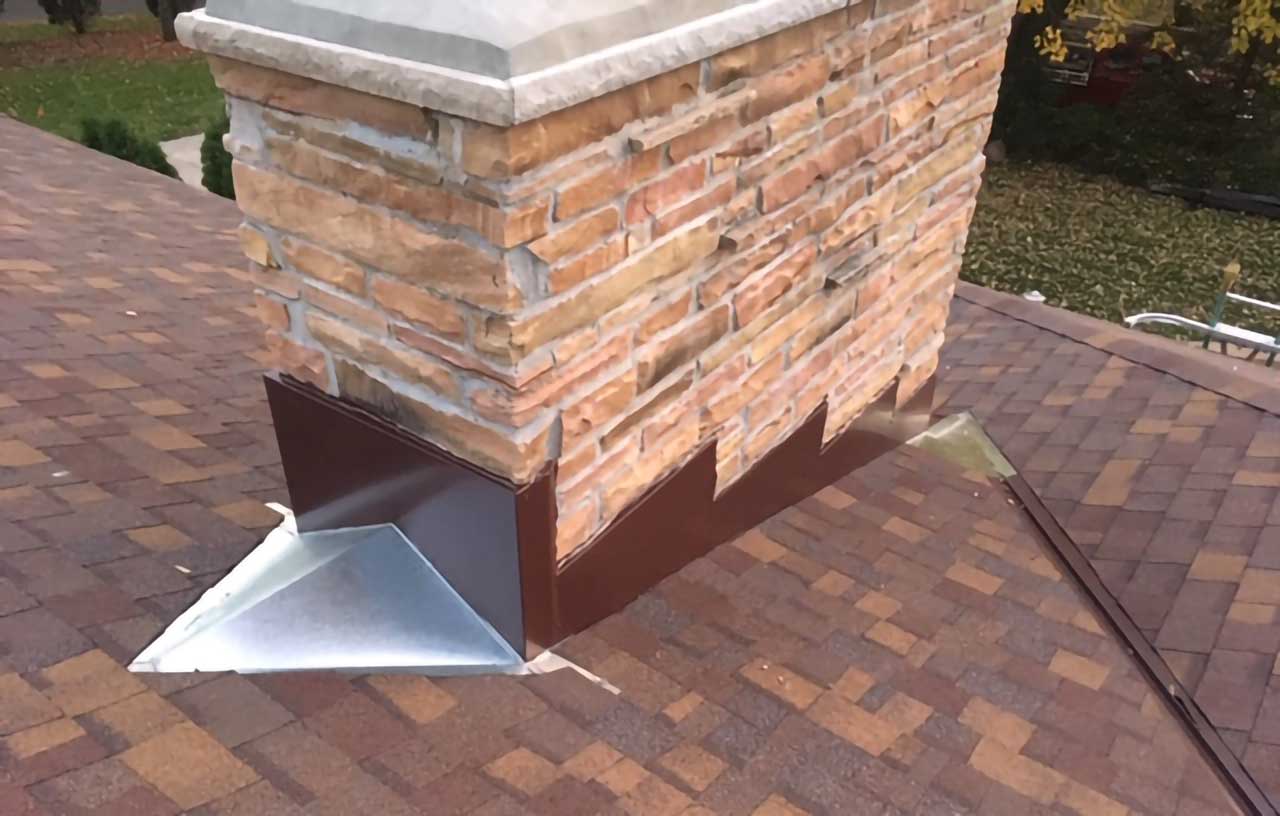
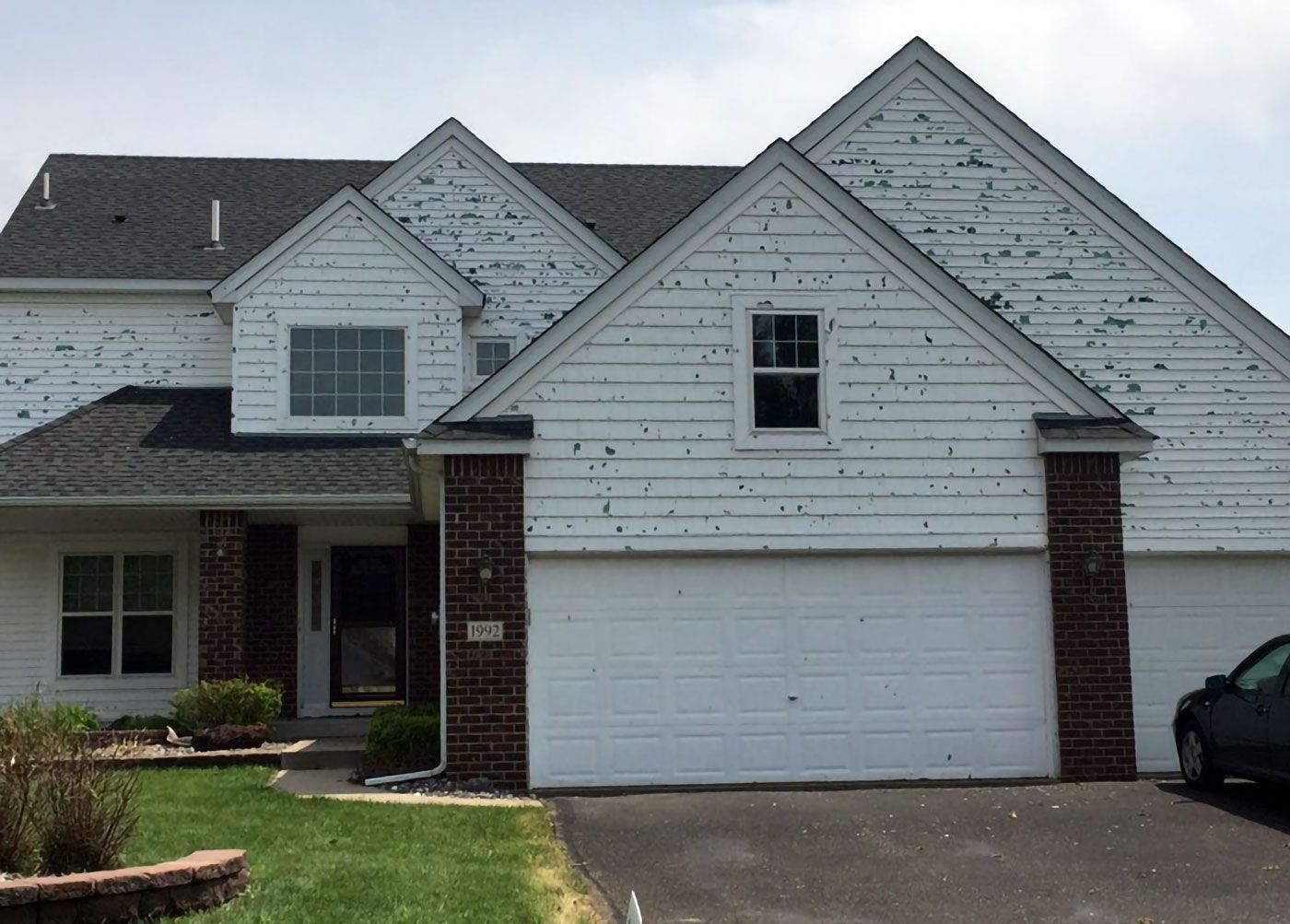
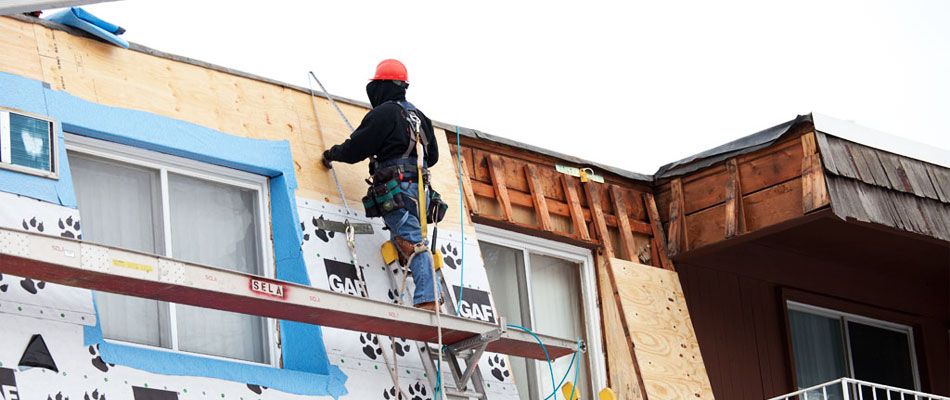
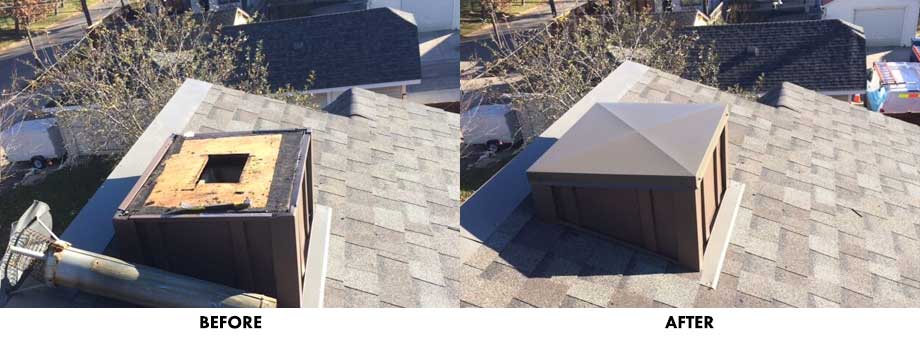


![photo_insulating_water_heater_0[1]](https://www.selaroofing.com/wp-content/uploads/2015/02/photo_insulating_water_heater_01-604x400.jpg)

